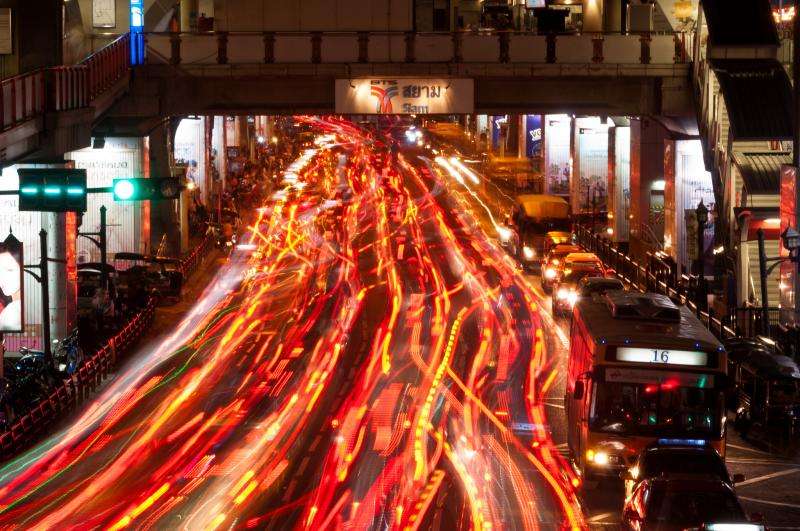Motion sickness in autonomous cars: Don't read and ride

Self-driving vehicles should make roads safer, save energy and improve mobility, but they also might make some people sick, say University of Michigan researchers.
Michael Sivak and Brandon Schoettle of the U-M Transportation Research Institute asked more than 3,200 adults in the U.S. and five other countries (India, China, Japan, Great Britain and Australia) what kinds of activities—many of which could cause motion sickness—they would do instead of driving in a fully self-driving vehicle.
More than a third of Americans say they would do things that increase the likelihood and severity of motion sickness—reading, texting, watching movies or television, playing games or working. More than half of Indians, 40 percent of Chinese and 26-30 percent of adults in Japan, Great Britain and Australia say they would engage in these kinds of activities.
The result? About 6-12 percent of American adults riding in fully self-driving vehicles would be expected to experience moderate or severe motion sickness at some time. Similar percentages would also apply to residents in India, China, Japan, Great Britain and Australia.
"Motion sickness is expected to be more of an issue in self-driving vehicles than in conventional vehicles," Sivak said. "The reason is that the three main factors contributing to motion sickness—conflict between vestibular (balance) and visual inputs, inability to anticipate the direction of motion and lack of control over the direction of motion—are elevated in self-driving vehicles.
"However, the frequency and severity of motion sickness is influenced by the activity that one would be involved in instead of driving."
The U-M report found that more than 60 percent of Americans would watch the road, talk on the phone or sleep while riding in a self-driving vehicle—activities that would not necessarily lead to motion sickness. The percentage is roughly the same for China; higher in Japan, Great Britain and Australia; and lower in India.
Sivak and Schoettle suggest that manufacturers can design self-driving vehicles to lessen the likelihood of motion sickness: maximize the visual field with large, transparent windows; mount transparent video and work displays that require passengers to face forward; and eliminate swivel seats, restrict head motion and install fully reclining seats.
Provided by University of Michigan


















